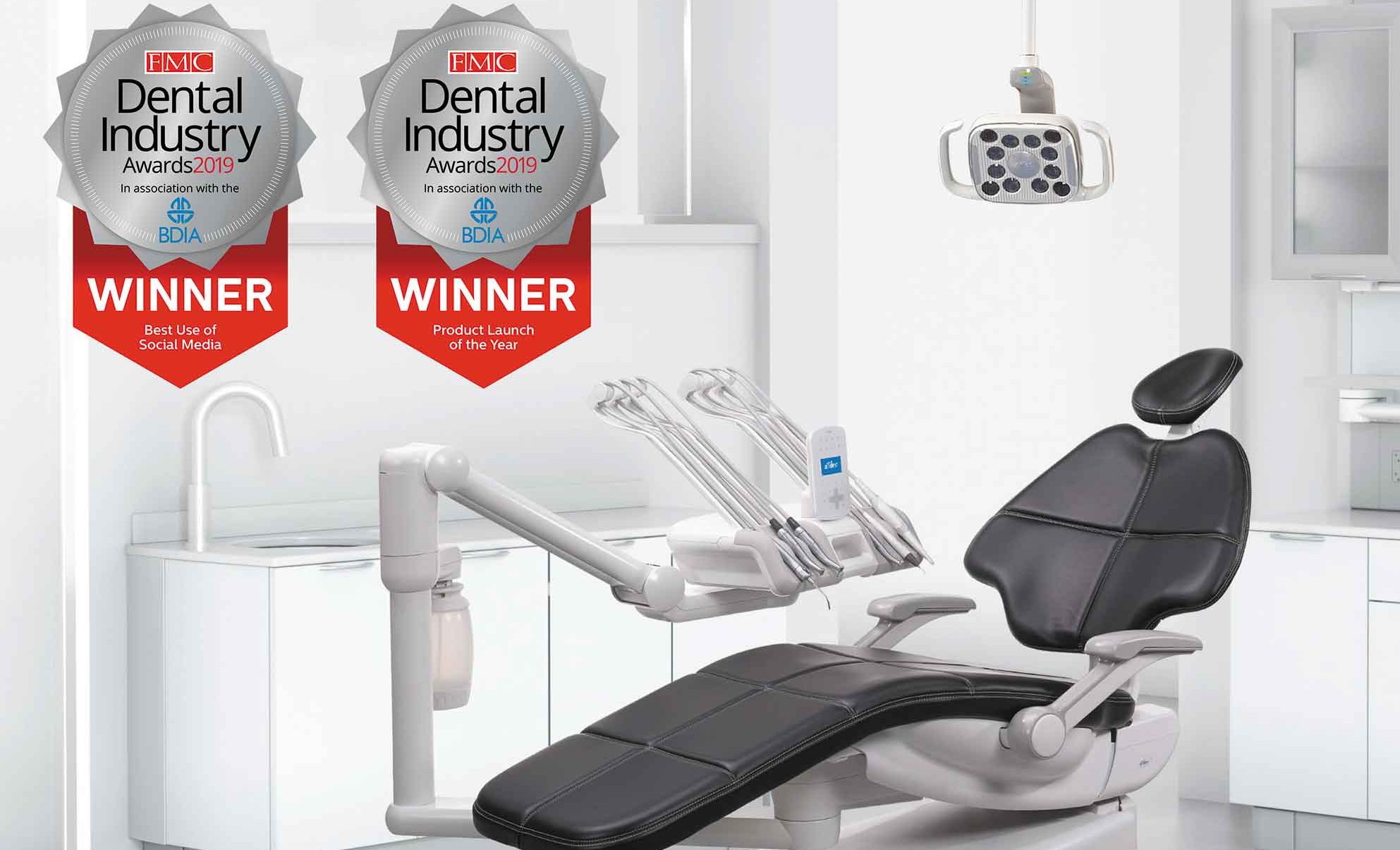Published first in Dentistry magazine. If interested in signing up to receive Dentistry magazine, visit www.fmc.co.uk.
 Nick Olive shares his top tips on keeping your dental chair in working order.
Nick Olive shares his top tips on keeping your dental chair in working order.
A well-engineered, good quality dental chair should last you 10 to 20 years, providing you look after it.
To help you and your team keep your dental unit in peak condition, here are some tips and common mistakes to avoid when cleaning and maintaining your dental chair. By combining these best practices with a manufacturer-approved annual service, your dental chair should serve you well for years to come – saving you time and money.
Clean your dental chair upholstery the right way
Cracked and peeling upholstery is usually caused by repeated use of harsh chemicals when cleaning and/or disinfecting the chair.
Research from infection control experts shows that chair upholstery is extremely low risk for transferring pathogens. However, since Occupational Safety and Health Administration rules commonly imply some form of infection control related to upholstery, barrier protection is the best way to address this and can extend the life of your chair upholstery. If single-use plastic is a concern, some manufacturers also offer antimicrobial or stain resistant upholstery options.
For periodic cleaning, a solution of mild, soapy water (or commercially available cleaners containing no alcohol, bleach or ammonia) work well. Never use abrasive cleansers, scrubbing pads or other abrasive applicators as they can permanently scratch or otherwise damage upholstery surfaces. Always consult the manufacturers’ guidelines before embarking on cleaning or disinfecting your upholstery for the first time.
Maintain your dental chair waterlines
Ensure you properly maintain your dental unit waterlines to prevent accumulation of odour and foul-tasting bacteria.
To make this process as simple as possible, I recommend using A-dec’s ICX tablets. ICX tablets optimise the quality of your dental unit water.
Each time you refill a self-contained water bottle, simply drop an ICX tablet into the empty bottle. Then fill with water and reconnect it to your dental unit. The tablet will dissolve within two minutes. It will maintain water quality for at least two weeks, providing that CFU levels were previously at an acceptable number.
Do not remove and empty the water bottle from the closed system to dry overnight. This can increase the risk of contamination. Be sure to use ICX in conjunction with regular dental unit water monitoring and shock treatment.
Keep solids filters clear
Left unchecked, the debris collected in these filters builds up and can cause suction problems within your unit. Inspect and maintain your solids collector, crown catcher, oil collector and other filters weekly to ensure your chair systems are free from obstructions.
On most dental chairs solids filters are consumable parts and can be replaced entirely, if necessary.
Choose metal syringe tips
Most practices tend to use disposable plastic syringe tips over reusable metal versions that can be sterilised in a vacuum autoclave. Single-use plastic tips are more harmful to the environment. They also damage syringe tip O-rings quicker than their metal counterparts. Sometimes causing the plastic tips to eject unexpectedly.
When using the metal syringe tips, it is a good idea to have several so you don’t need to be continuously running the autoclave throughout the day.
The dealer you bought your dental unit from should be able to source additional metal syringe tips for you.
This article is based on best practices for maintaining A-dec dental chairs. If you have another brand of chair, make sure you consult the manufacturer guidelines before acting on this article. To contact A-dec, call 0800 233 285 or email [email protected].


